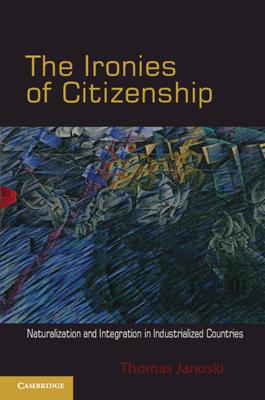Explanations of naturalization and jus soli citizenship have relied on cultural, convergence, racialization, or capture theories, and they tend to be strongly affected by the literature on immigration. This study of naturalization breaks with the usual immigration theories and proposes an approach over centuries and decades toward explaining naturalization rates. First, over centuries, it provides consistent evidence to support the long-term existence of colonizer, settler, non-colonizer, and Nordic nationality regime types that frame naturalization over centuries. Second, over three and a half decades, it shows how left and green parties, along with an index of nationality laws, explain the lion's share of variation in naturalization rates. The text makes these theoretical claims believable by using the most extensive data set to date on naturalization rates that include jus soli births. It analyzes this data with a combination of carefully designed case studies comparing two to four countries within and between regime types, and tests them with cross-sectional pooled regression techniques especially suitable to slow-moving but dynamic institutions.
| FindBook |
有 1 項符合
The Ironies of Citizenship: Naturalization and Integration in Industrialized Countries的圖書 |
 |
The Ironies of Citizenship: Naturalization and Integration in Industrialized Countries 作者:Janoski 出版社:Cambridge University Press 出版日期:2010-08-23 語言:英文 規格:平裝 / 336頁 / 22.6 x 15.5 x 2 cm / 普通級 |
| 圖書館借閱 |
| 國家圖書館 | 全國圖書書目資訊網 | 國立公共資訊圖書館 | 電子書服務平台 | MetaCat 跨館整合查詢 |
| 臺北市立圖書館 | 新北市立圖書館 | 基隆市公共圖書館 | 桃園市立圖書館 | 新竹縣公共圖書館 |
| 苗栗縣立圖書館 | 臺中市立圖書館 | 彰化縣公共圖書館 | 南投縣文化局 | 雲林縣公共圖書館 |
| 嘉義縣圖書館 | 臺南市立圖書館 | 高雄市立圖書館 | 屏東縣公共圖書館 | 宜蘭縣公共圖書館 |
| 花蓮縣文化局 | 臺東縣文化處 |
|
|
圖書介紹 - 資料來源:博客來 評分:
圖書名稱:The Ironies of Citizenship: Naturalization and Integration in Industrialized Countries
|










